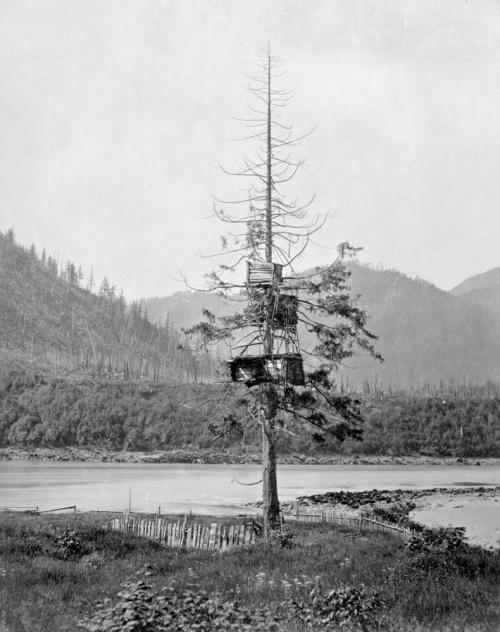
Measurement of vertebral height. Source: Huber et al. 2011
Salmon are a crucial cultural keystone species across most of the Northwest, of very high importance to many coastal and interior cultural groups for thousands of years. Many archaeological sites are chock full of salmon bones, and the oldest of these are around 10,000 years old. As a cultural story, the importance of salmon is obvious. Increasingly though, the archaeological data are also invoked to tell the history of salmon themselves. The very long-term view of the archaeological record provides knowledge of their ranges, their relative abundance, their life histories, etc. These data can then be harnessed as part of conservation and fisheries management of these threatened species of fish.
Each species offers different things to people: some run early, some late; some are more fatty, some leaner; some run in huge compact numbers, others tend to dribble by; some can be caught in large numbers in the open ocean, others can only be caught efficiently in streams. There’s just one problem with using salmon bones in archaeology: until recently, you really couldn’t tell one species of salmon from another based only on their bones.
Continue reading →











